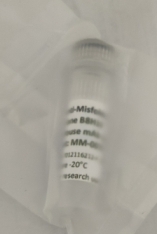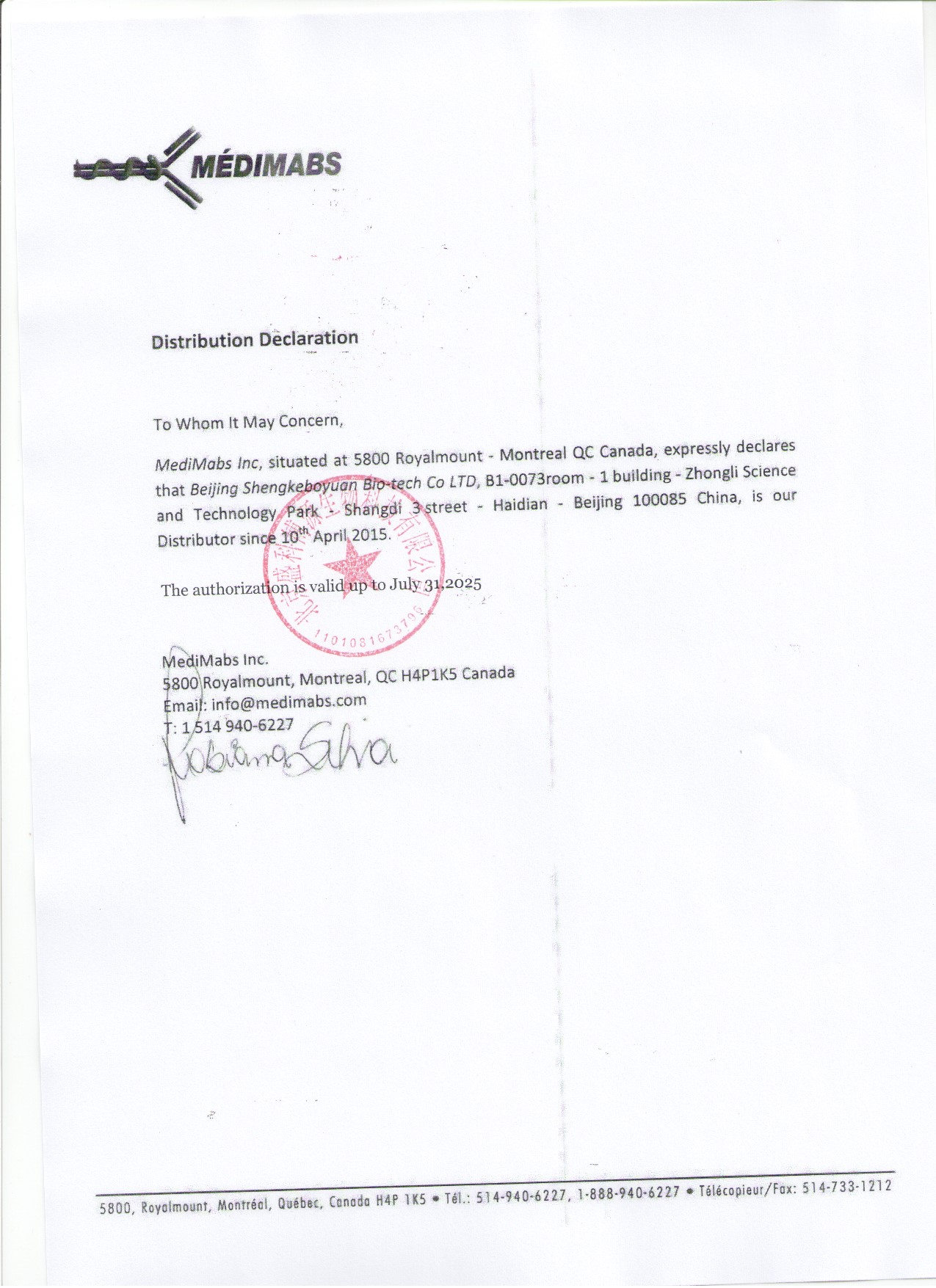 首页>
生物试剂
首页>
生物试剂
商家描述
商家资质信息
产品评价(0)
Target
HIV-1 (V3 (gp120))
Target background
Of the two types of Human immunodeficiency virus (HIV) which have been characterized, HIV-1 is more infective and is prevalent globally. The HIV virion is encapsulated by a viral envelope that contains complexes of surface proteins, which are important for the virus to attach and fuse to infect target cells. A precursor molecule known as gp160 (glycoprotein 160) is cleaved by proteases into gp120 (glycoprotein 120) and gp41 (glycoprotein 41), glycoproteins that make up the envelope proteins of HIV. The gp120 protein is composed of five variable regions (V1-V5) which often form loop structures, and five constant regions (C1-C5). The third variable loop (V3 loop) of gp120 interacts with cytokine receptors to mediate the entry of the virus into cells. This antibody, clone 2558, is directed against the V3 loop of gp120 and has been shown to neutralize HIV-1 primary isolates.
Immunogen
This antibody was generated from Cameroonian HIV-1, CRF02 AG-infected individuals by a method based on the Epstein-Barr virus transformation of peripheral blood mononuclear cells (PBMCs) followed by fusion with heteromyeloma cells. The antibody recognizes the epitope YNKRKRIHI.
Specificity
The antibody recognizes the V3 loop of the HIV-1 protein gp120.
Clone ID
2558
Isotype
IgG1 lambda
Preservative
None
Format
Purified with protein G, stored in PBS pH 7.4 and lyophilized.
Recommend starting dilution
Reconstitute with deionized water. Optimal dilution has to be determined by the user.
Limitations
Research Use Only
Storage
Lyophilized antibodies can be kept at 4ºC for up to 3 months and should be kept at -20ºC for long-term storage (2 years). To avoid freeze-thaw cycles, reconstituted antibodies should be aliquoted before freezing for long-term (1 year) storage (-80ºC) or kept at 4ºC for short-term usage (2 months). For maximum recovery of product, centrifuge the original vial prior to removing the cap. Further dilutions can be made with the assay buffer. After the maximum long-term storage period (2 years lyophilized or 1 year reconstituted) antibodies should be tested in your assay with a standard sample to verify if you have noticed any decrease in their efficacy. To limit antibody loss or degradation, BSA (final concentration 1%) and sodium azide (final concentration 0.02%) can be added to the suggested first dilution. It is important to first verify if those preservatives are compatible with your assay.
References
 会员登录
会员登录.getTime()%>)
 购物车()
购物车()

 成功收藏产品
成功收藏产品
